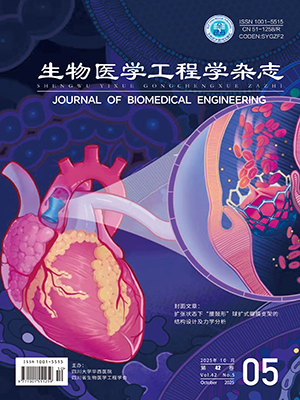The aim of the current study is to investigate the effect of visfatin on cardiomyocyte hypertrophy. Cultured H9c2 cardiomyocytes were exposed to visfatin at different concentrations for different periods of time, and the markers of cardiomyocyte hypertrophy were detected. Moreover, pravastatin, the inhibitor of endoplasmic reticulum stress (ERS) or thapsigargin, an ERS agonist was used respectively to pre-treat the cells before visfatin stimulation. F-actin staining was performed to measure the cell surface change. The mRNA expressions of atrial natriuretic peptide (ANP), brain natriuretic peptide (BNP)and ERS markers including glucose-regulated protein 78(GRP78), C/EPB homologous protein (CHOP) and activating transcription factor 6 (ATF6) were assessed by real time RT-PCR. The change of protein level of GRP78 and CHOP was detected by Western blot. The experimental data demonstrated that exposure to 100 or 150 ng/mL concentrations of visfatin for 24 h, or 100 ng/mL of visfatin for 24 or 48 h, significantly increased the expression of markers for cardiomyocyte hypertrophy. Visfatin stimulation provoked ERS in H9c2 cells. Furthermore, pre-treatment with pravastatin partially inhibited the visfatin-induced mRNA expression of ANP and BNP in H9c2 cells, whereas thapsigargin promoted the visfatin-induced expression of cardiomyocyte hypertrophy markers. The results suggest that visfatin might induce cardiomyocyte hypertrophy via ERS -dependent pathways.
Citation: LIJunli, LIAOYanbiao, LULihui, FENGJun, WUWenchao, LIUXiaojing. Preliminary Investigation into the Mechanism of Cardiomyocyte Hypertrophy Induced by Visfatin. Journal of Biomedical Engineering, 2014, 31(2): 379-384. doi: 10.7507/1001-5515.20140071 Copy
Copyright © the editorial department of Journal of Biomedical Engineering of West China Medical Publisher. All rights reserved




